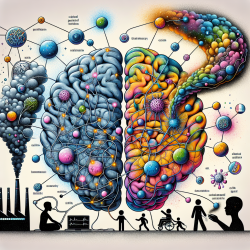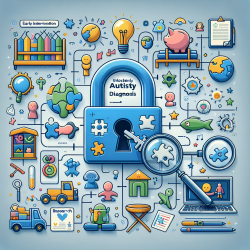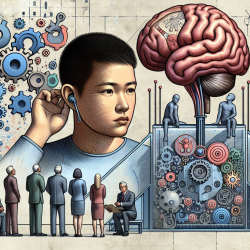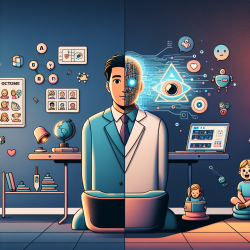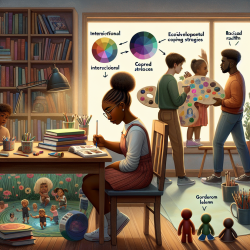In recent years, the incidence of brain pathologies such as autism spectrum disorders (ASD), attention deficit hyperactivity disorders (ADHD), and neurodegenerative diseases like Parkinson's and Alzheimer's has risen significantly. A groundbreaking review titled "Brain Disorders and Chemical Pollutants: A Gap Junction Link?" sheds light on a potential, yet often overlooked, cause: long-term exposure to environmental pollutants.
Key Findings from the Research
The review explores how chemical pollutants might disrupt gap junctional intercellular communication (GJIC) in the brain, primarily through the inhibition of connexin proteins. Connexins form gap junctions that are crucial for maintaining brain homeostasis by enabling direct cell-to-cell communication.
Pollutants and Connexin Dysfunction
- Pesticides: Chemicals like DDT and methoxychlor can inhibit GJIC, leading to disrupted brain signaling.
- Bisphenol A (BPA): Common in plastics, BPA affects connexin43, leading to impaired cellular communication.
- Phthalates: Found in many consumer products, these compounds disrupt GJIC and are linked to neurodevelopmental issues.
Implications for Practitioners
Enhanced Diagnostic and Therapeutic Approaches
Practitioners can improve diagnostic accuracy by considering environmental pollutant exposure as a potential factor in brain disorders. Incorporating questions about exposure history into patient assessments could provide valuable insights.
Preventative Measures
Encouraging families to minimize exposure to known pollutants can be an effective preventative strategy. This includes:
- Reducing the use of plastic containers for food storage.
- Choosing organic produce to avoid pesticide residues.
- Using phthalate-free personal care products.
Encouraging Further Research
The review underscores the need for more research to establish definitive causal links and to explore the mechanisms through which pollutants affect GJIC. Practitioners are encouraged to collaborate with researchers to contribute to this growing field of study.
Conclusion
Understanding the role of environmental pollutants in brain disorders can lead to better outcomes for children and adults alike. By incorporating these findings into practice, practitioners can make more informed, data-driven decisions.
To read the original research paper, please follow this link: Brain Disorders and Chemical Pollutants: A Gap Junction Link? †
